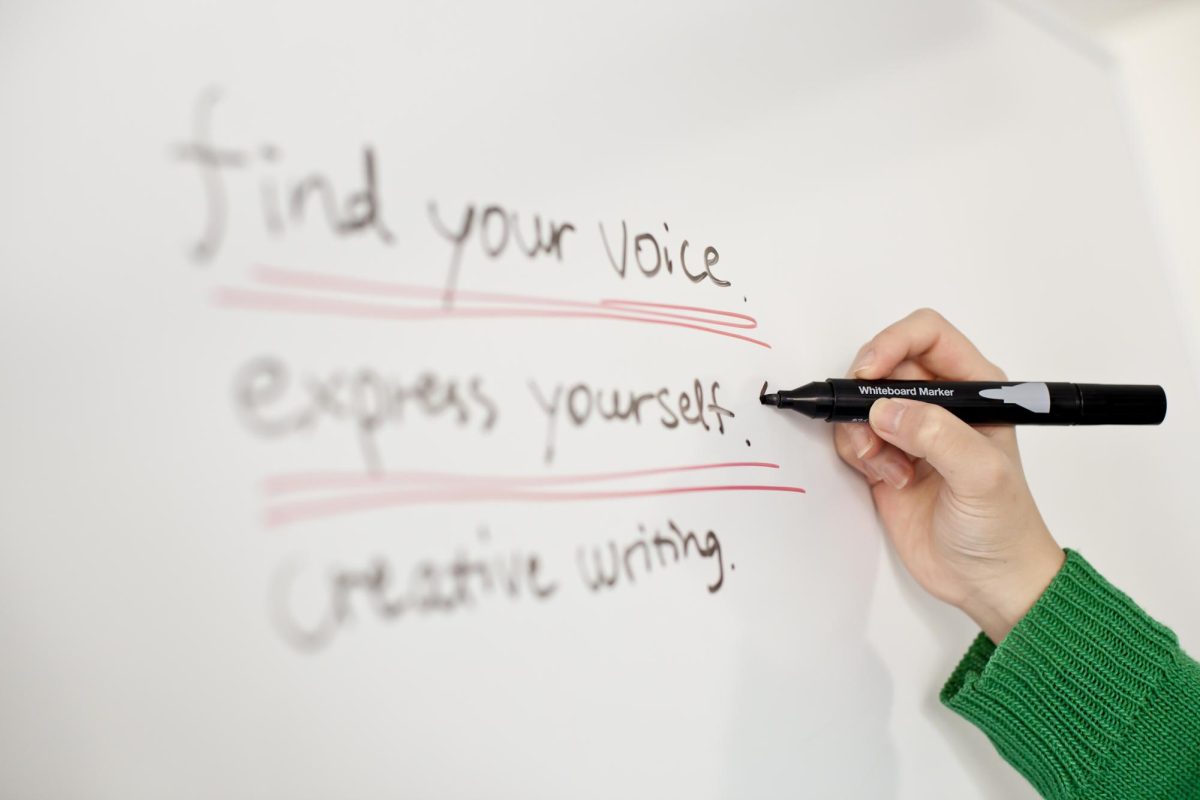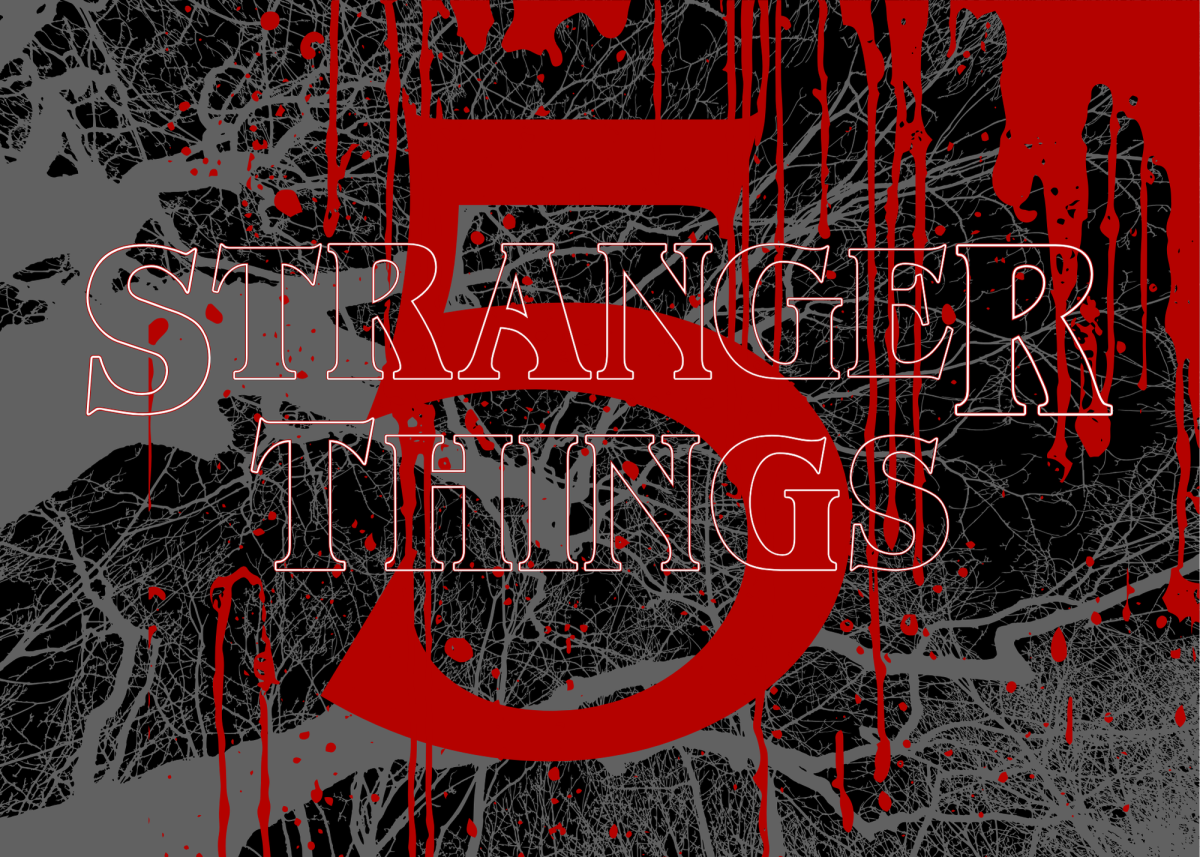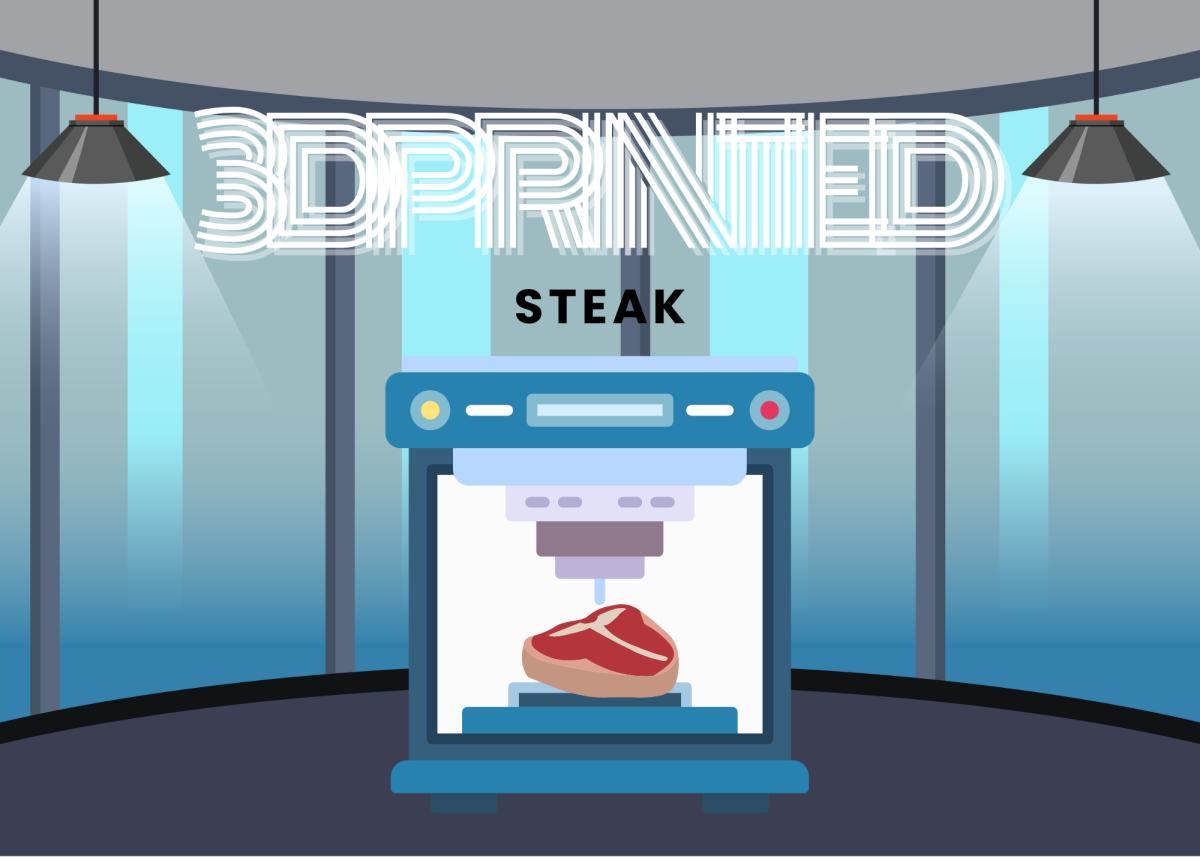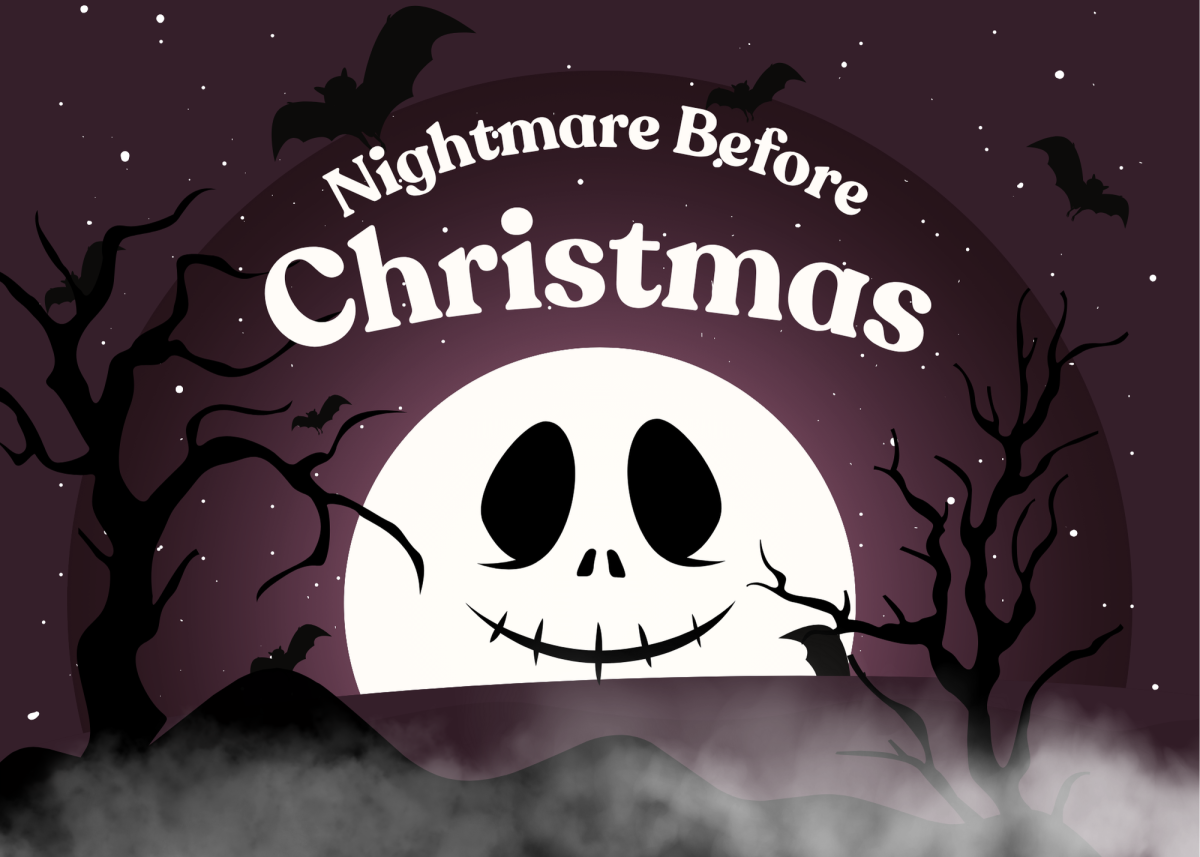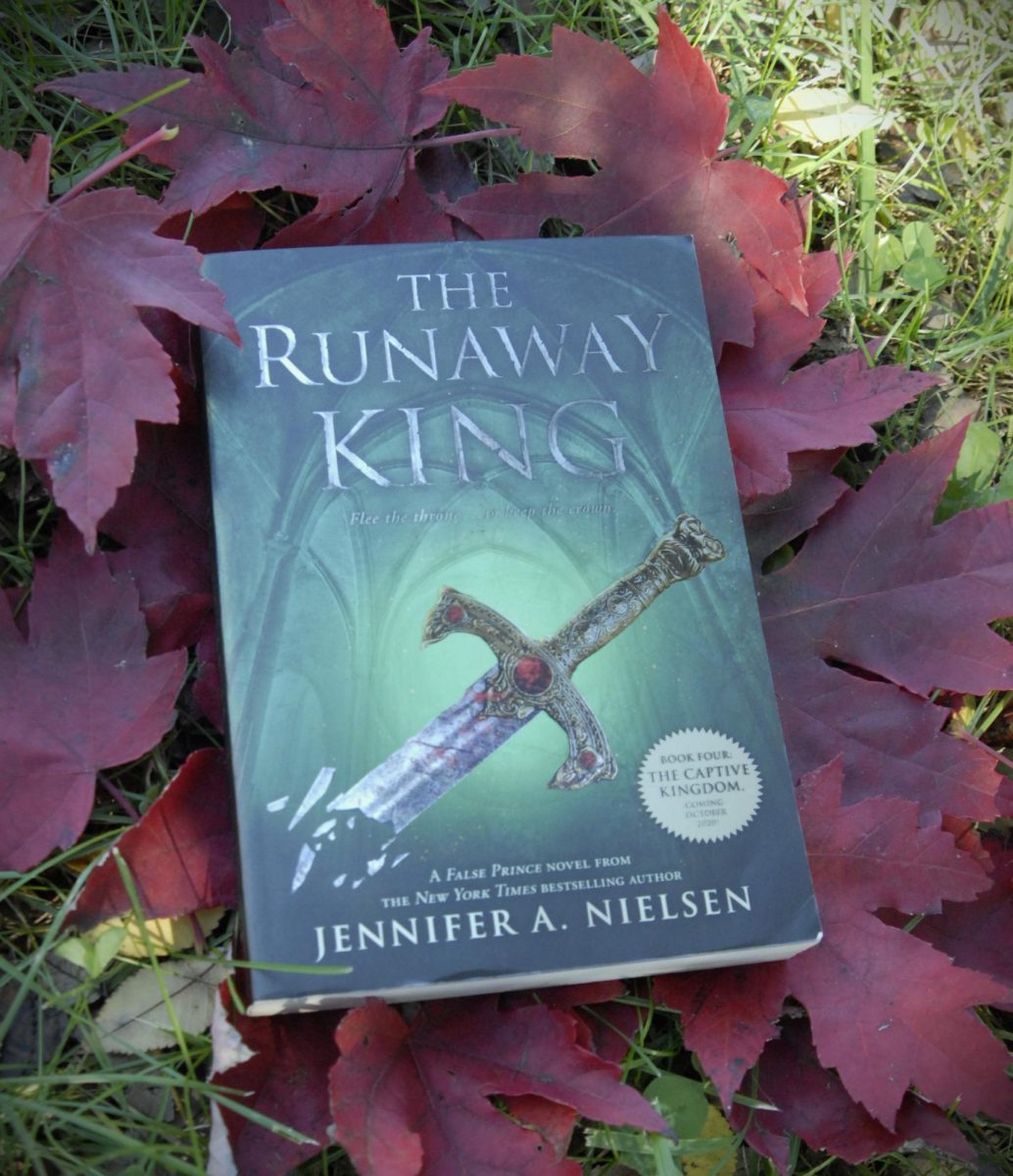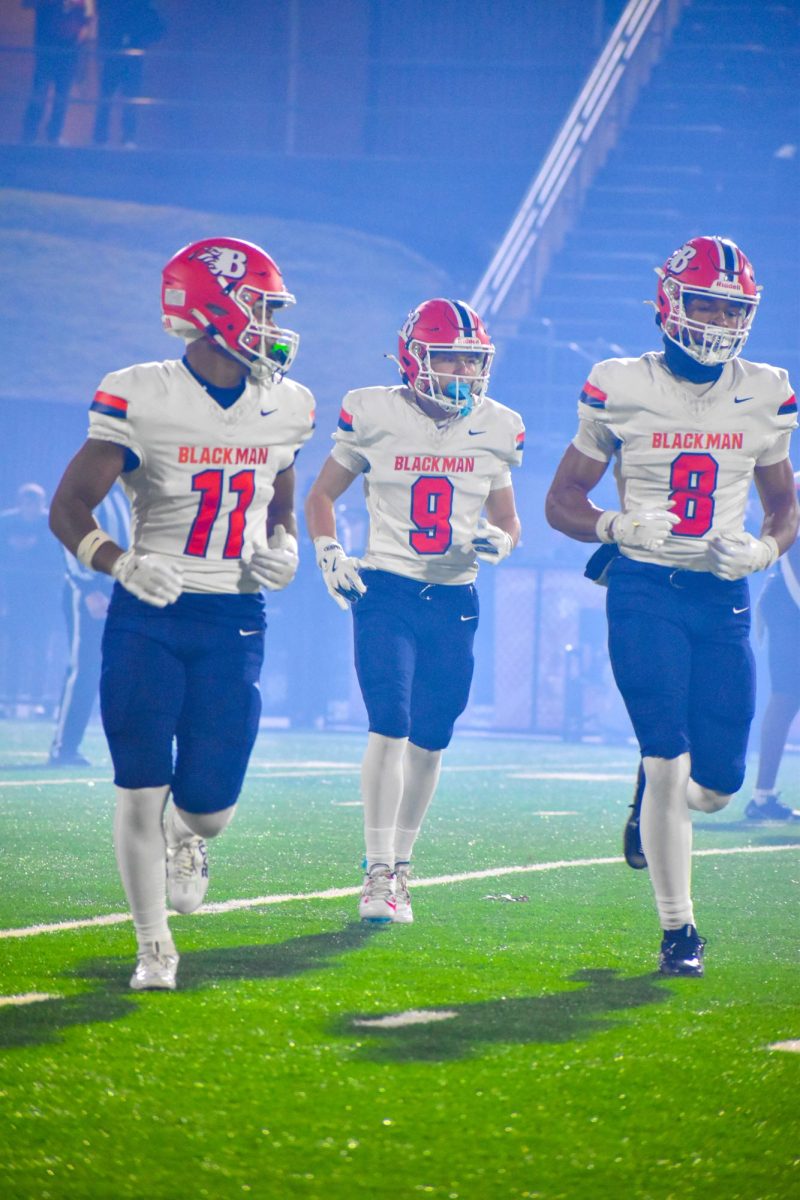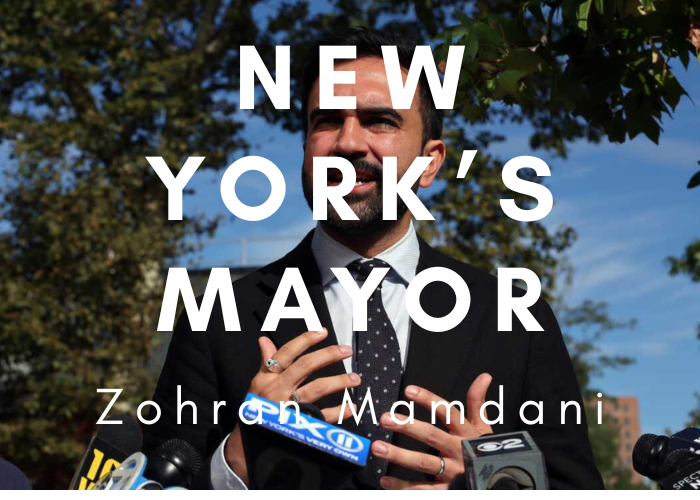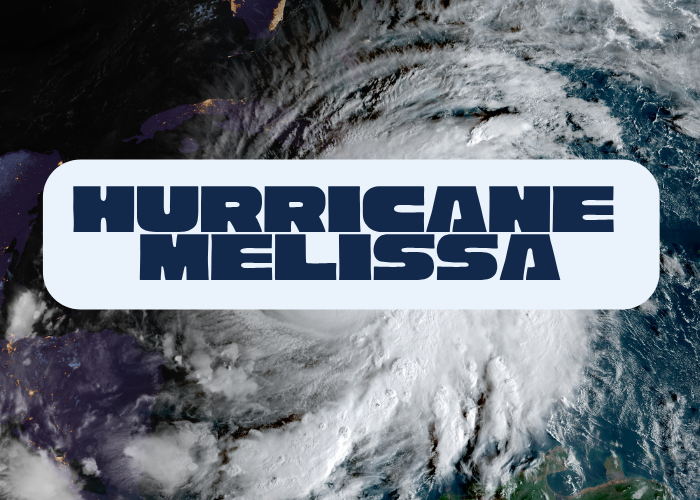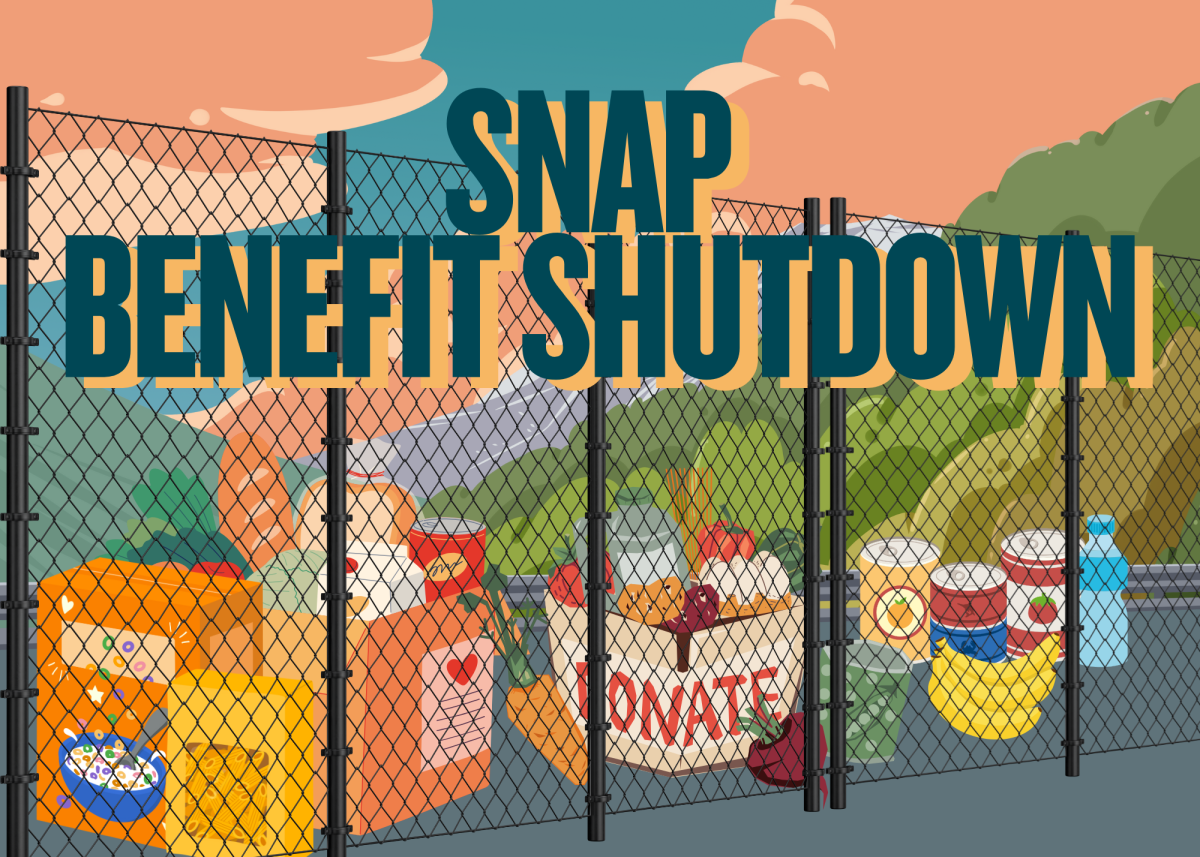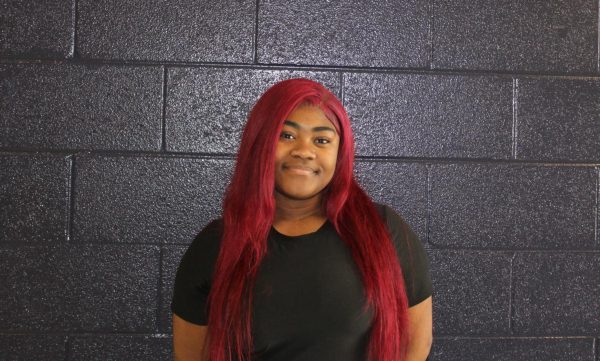As time progresses, teenagers continue to be swayed by highly admired professions in the media and arts. Now everyone wants to be a rapper, model, football player or, on occasion, a doctor or nurse, which is great. However, teens in society often forget where it started: in a classroom. Though it is not uncommon to hear that a classmate or two wants to be a teacher, it is still seen as unusual or even ridiculed sometimes. Becoming a teacher is one of the most important professions you could choose — and not just any kind of teacher but a high school creative writing teacher!
When I started high school and was asked to pick my classes, I picked creative writing because it was something I had never heard of before and figured it would be an easy credit class. But it ended up being so much more than that. Not only did it help me become a better reader and writer, but I also began to feel more confident in who I was and what I liked because I could translate that through my work. Surprisingly, after that class ended, I found myself wanting to dip my feet into other styles of writing, like speech and debate, journalism, and theater, for example.
As children grow up, understanding their feelings and having empathy for others can be a neglected character development skill. Being able to accept new ideas, increase your knowledge on the world, and differentiate point of views through writing are traits that can help you, as a high school student, and as an effective problem-solving adult later in life, and creative writing promises all of those!
So, you might be wondering, how is teaching creative writing any different from teaching English? Well, regular English teachers often teach professional/ academic literature, while creative writing teachers teach creative writing like short stories, poetry, novels, etc.
Though you must have a bachelor’s degree in an English related field to be a creative writing teacher, there are many programs provided by the Tennessee Department of Education to help along the way like the Teacher Apprentice Program. I also got the chance to talk to one of our creative writing teachers’ here at the school, Mr. Mullane, who did the Job Embedded Program.
The Job Embedded Program helps anyone who has a bachelor’s degree work and get paid as a teacher on the record while completing the department’s requirements for a teaching license. Although, you must have a qualifying score on the required content area test to be eligible. The Job Embedded Program offers reimbursements, instructors and responsibilities that will look great on job resumes.
Or you can do the Teacher Apprentice Program for undergraduates with no or an unrelated degree in teaching who might need more training and classroom experience with a guide before becoming a teacher of record. It is also for people looking for no-cost degrees and progressive wages. The apprentices are hired by the school district as an educational assistant and put with an advisor teacher to learn on-the-job experiences. Apprentices are not teachers of the record, but they earn wages while working in the district and taking related course work.
Often, becoming a teacher is ridiculed for several reasons, including their income, schedule and tricky criteria. Many people argue that teachers do not get paid enough to maintain a steady lifestyle, but with smart money management, teachers can make a great living for themselves. Though they only work on a 10-month contract, they still get paychecks for the months of June and July, while getting time off for family and personal projects. They also get great benefits like health insurance for themselves and their families that includes dental, vision and medical coverage. And what is cool about being a creative writing teacher, is they have a self-guided criteria unlike English teachers. Though they must still teach certain topics given by the district, the class is about helping the students become better writers and strengthening their imagination.
What does a day in a creative writing class usually look like? Well, that depends on your preference as a teacher! If you want to introduce short story writing to your students, you could go through a power point describing what a short story is or give different topics and genres to explore and let the students write freely.
Of course, everyone is not going to be as open to writing as others. With students who do not want to write, it is about making sure that they understand that even though it is “just” a creative writing class, it is still a class, and the assignments are still being graded. Creating as much variety as you can with several activities of different genres is important because it allows and almost forces them to have a voice and create opportunities to help them feel part of the process.
Giving advice on what the students are writing with details and broad suggestions is crucial because it lets them come up with a conclusion on their own. Instead of shoving an idea in their head, offering a different approach and letting them feed off that contributes to critical thinking later in the future.
We all know how hard high school is, so building an open relationship with students can create a comfortable and safe environment, so they do not just come to you with creative writing questions, but questions on writing important emails, their latest English assignment or even advice on what is going on in their personal lives. “Creative writing allows students to access the creative part of themselves that other classes don’t let them do.”, said Mr. Mullane.
Studies show that creative writing can better your mental health, improve your communication skills and deepen your critical thinking as well as your imagination. When most high schoolers think of writing, they are immediately turned off by the topic. The reality of it is creative writing helps the world go around! Your favorite shows on Netflix, the latest hit album from your favorite artist, or even that one video game you are always playing. It all started from an idea, a story and a teacher.


